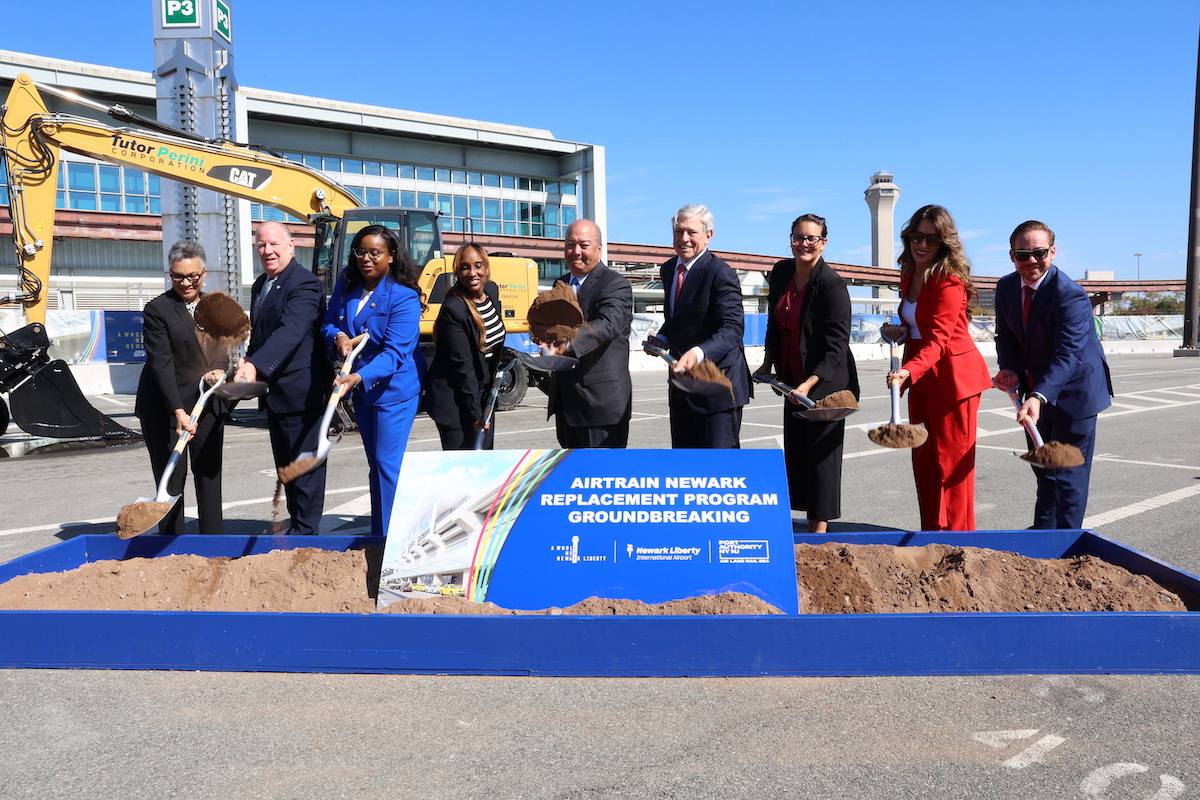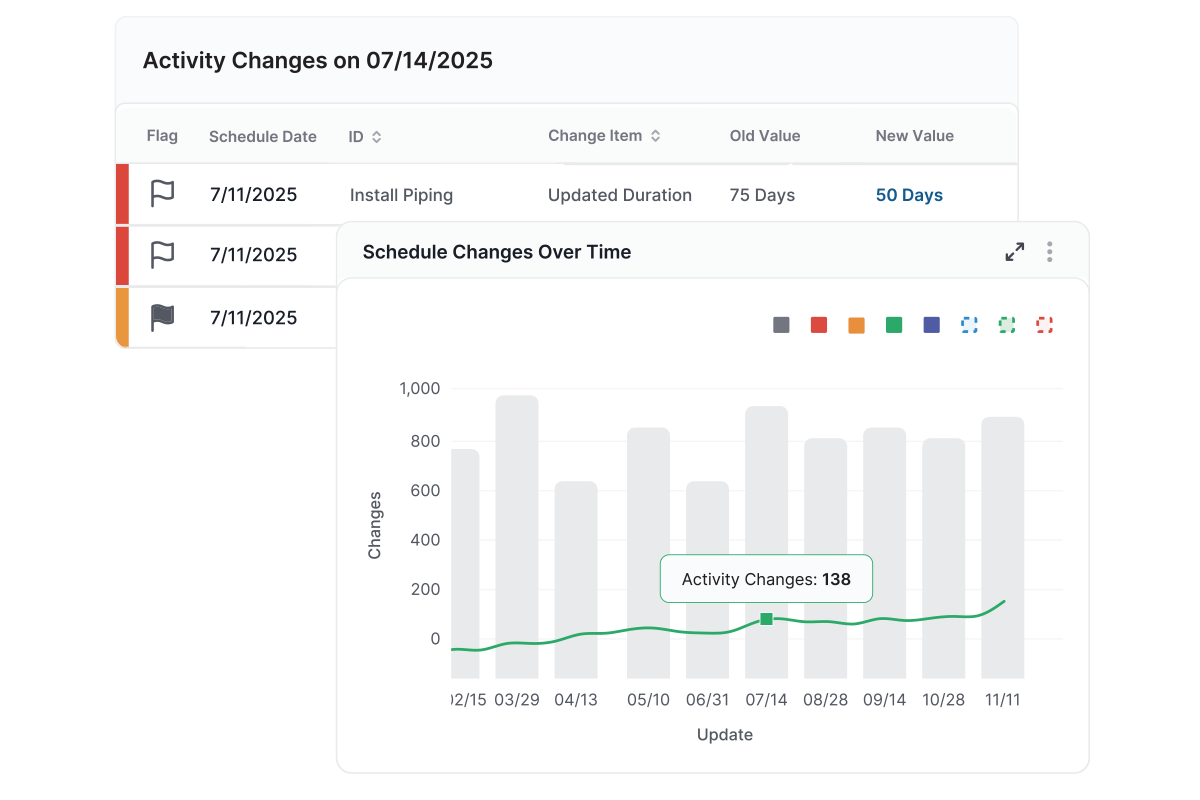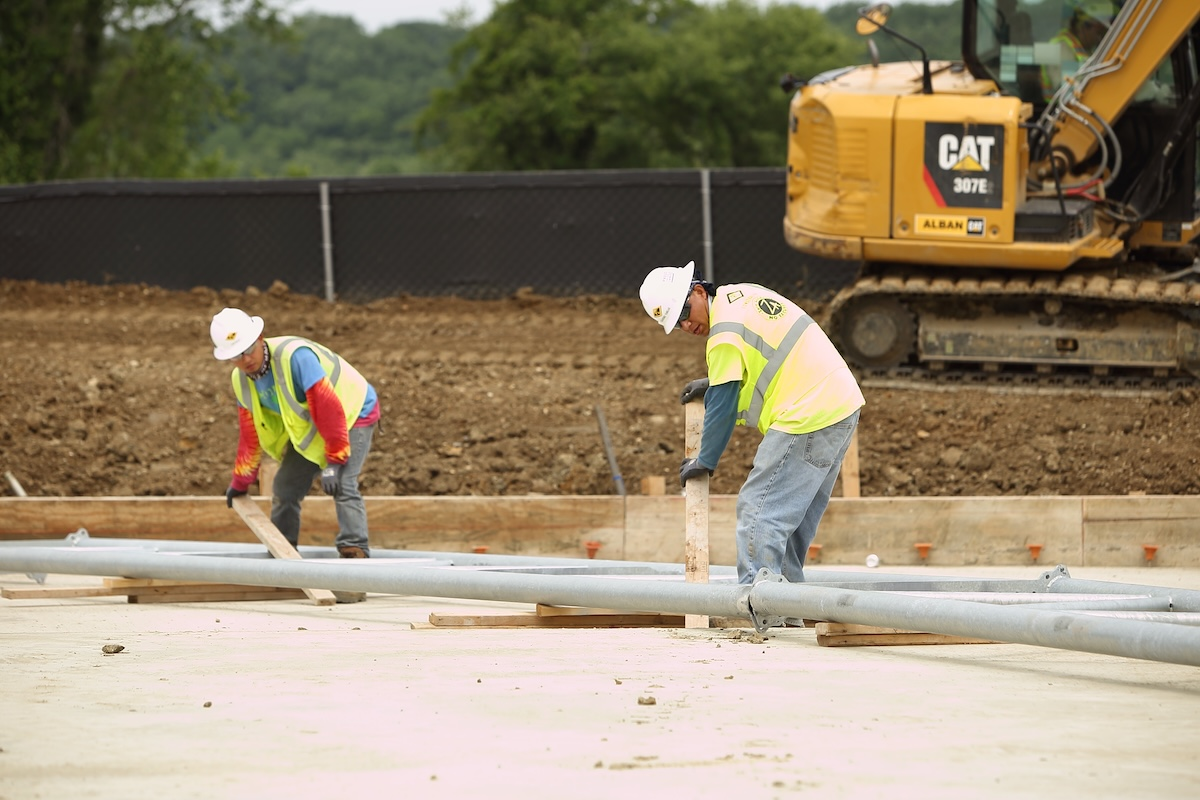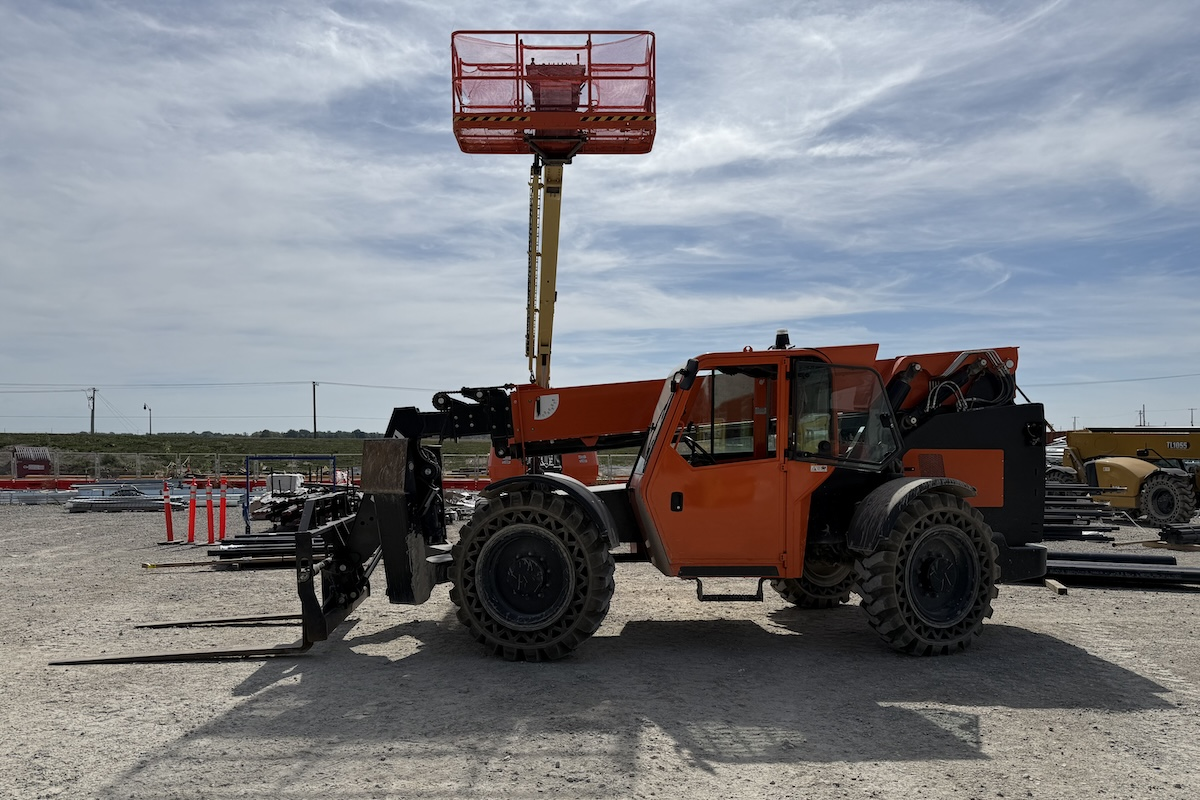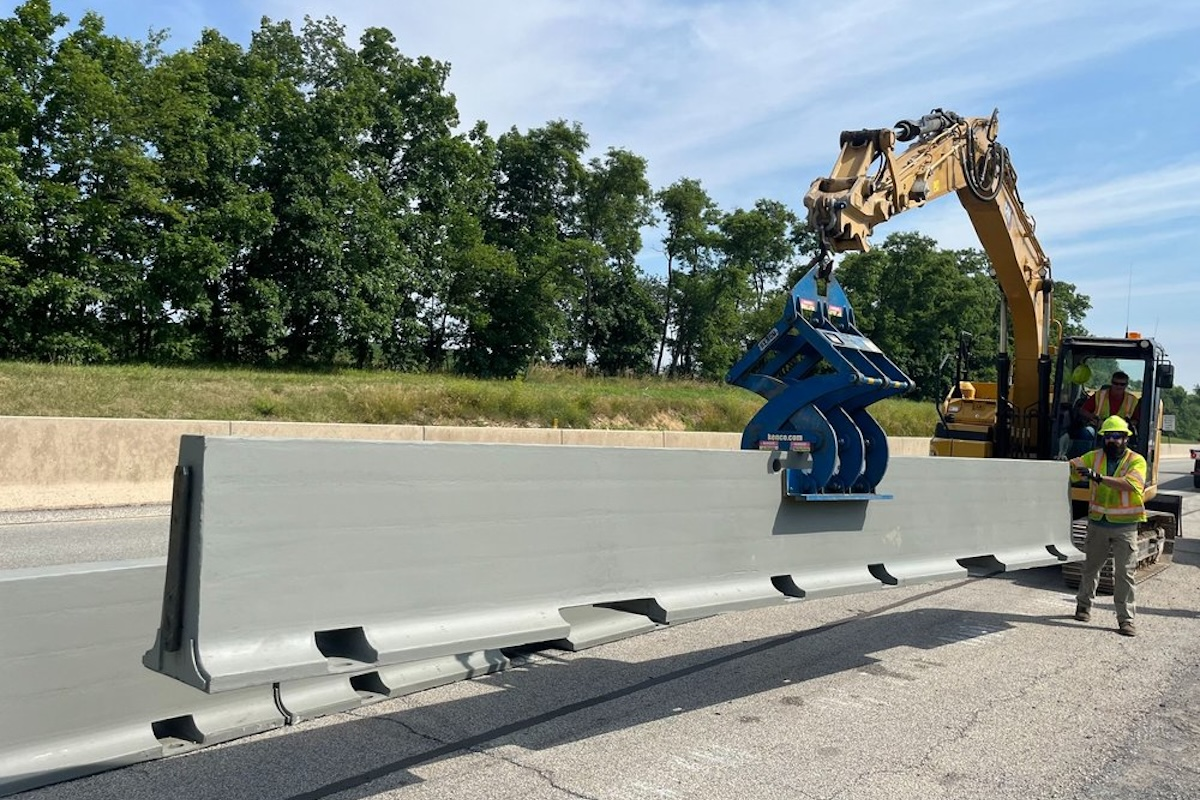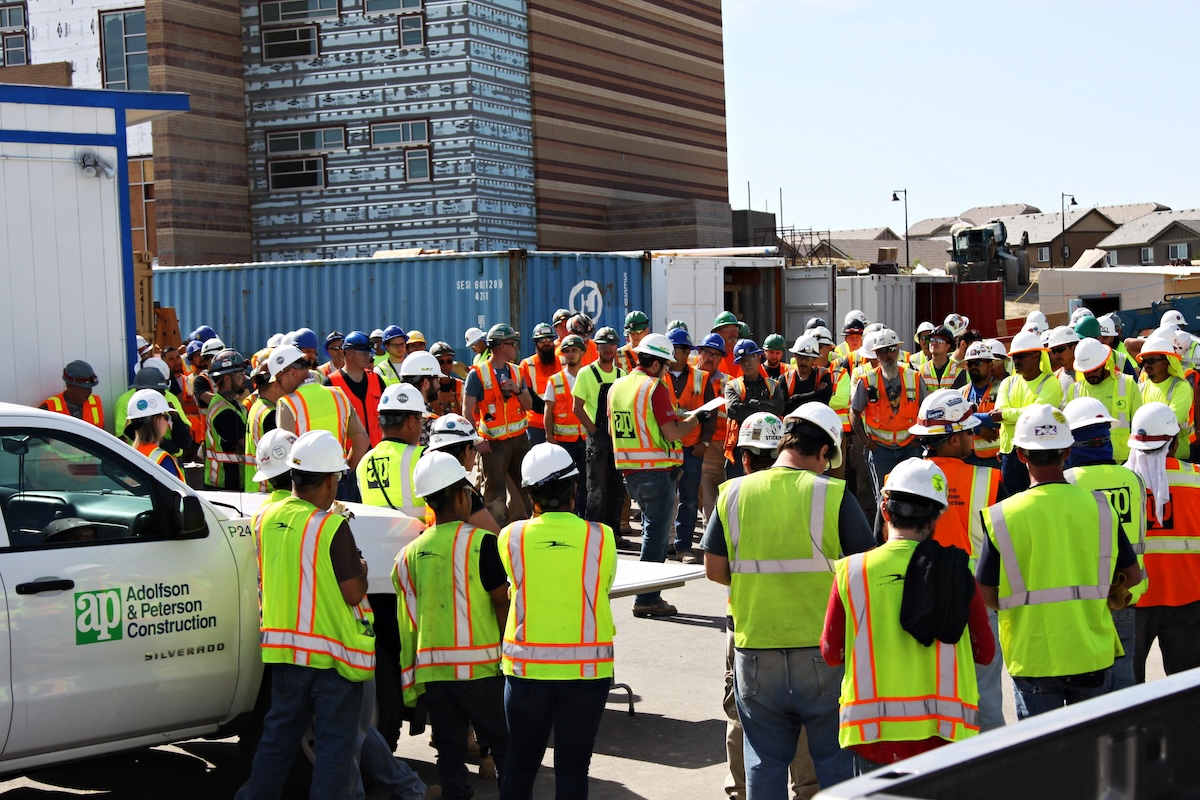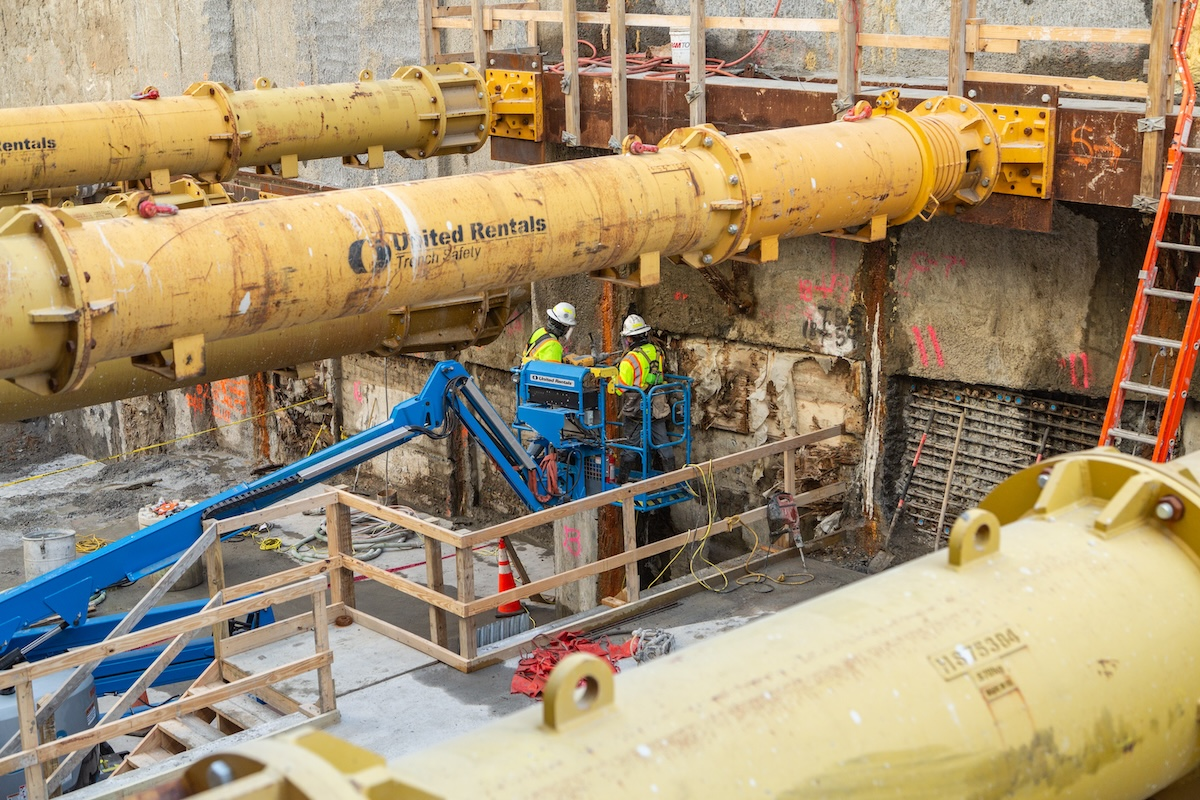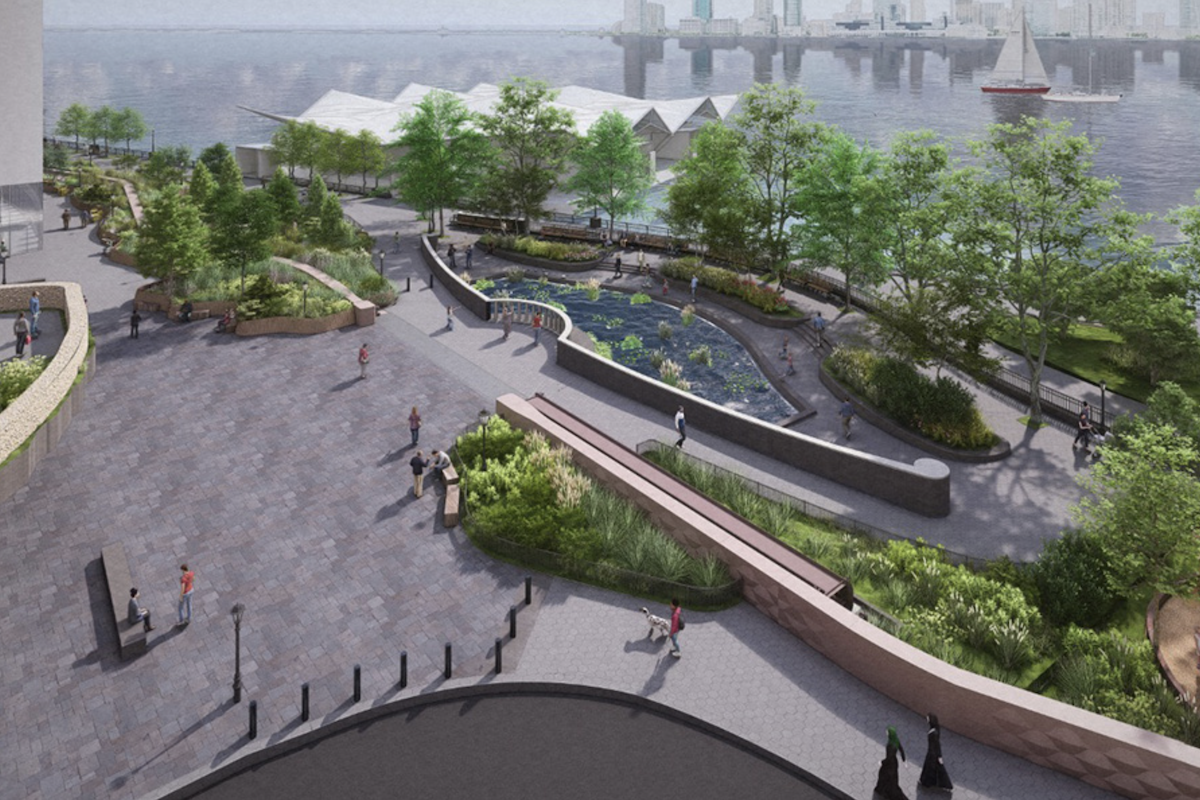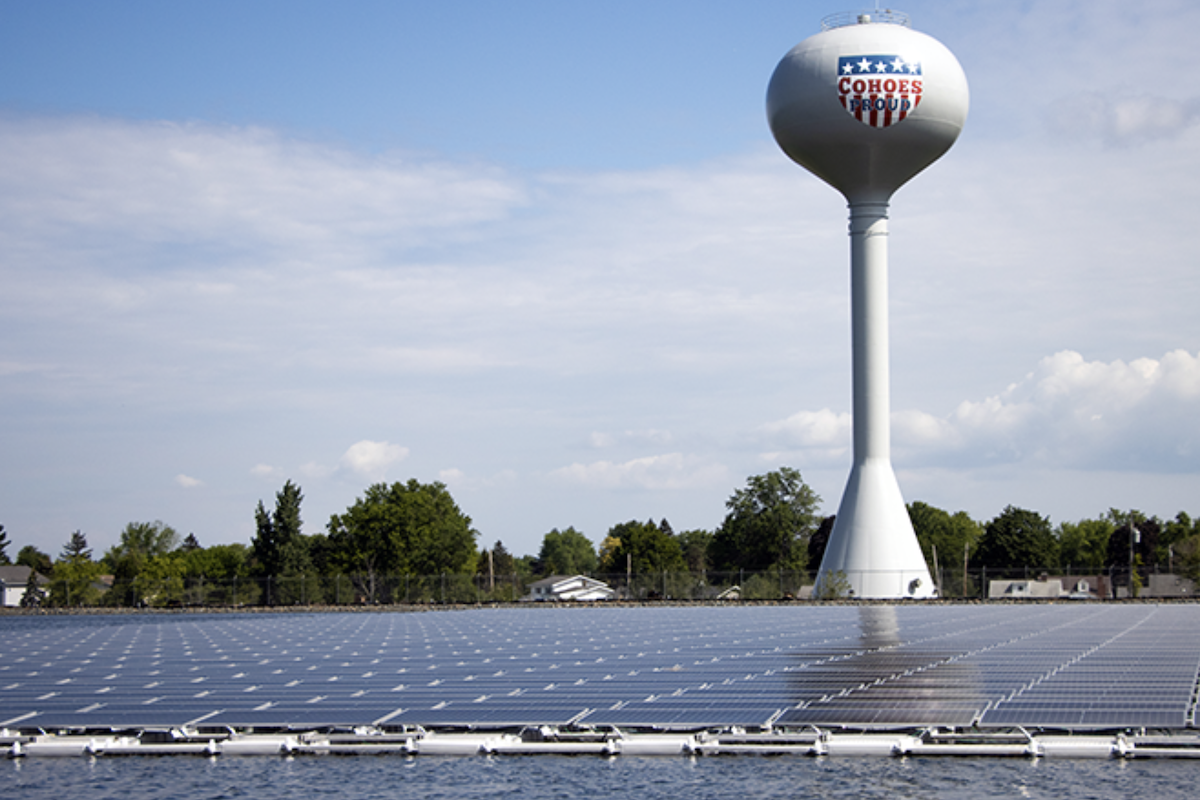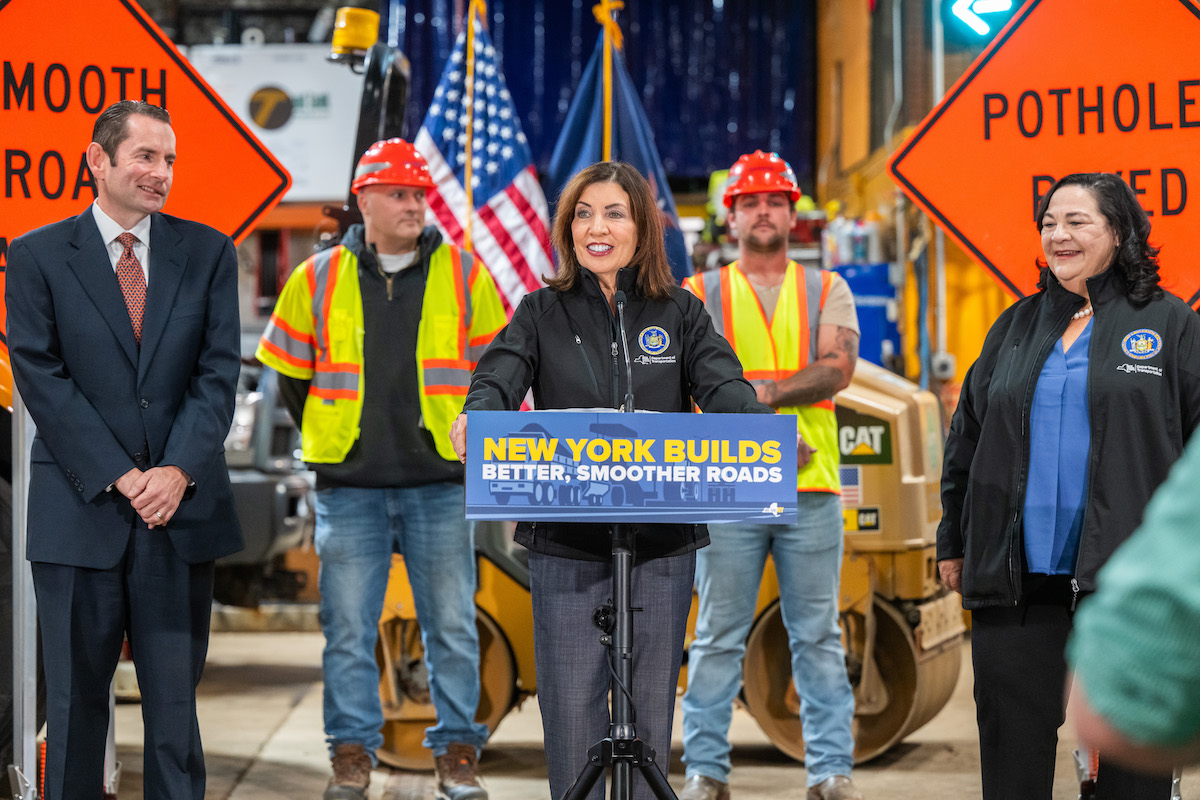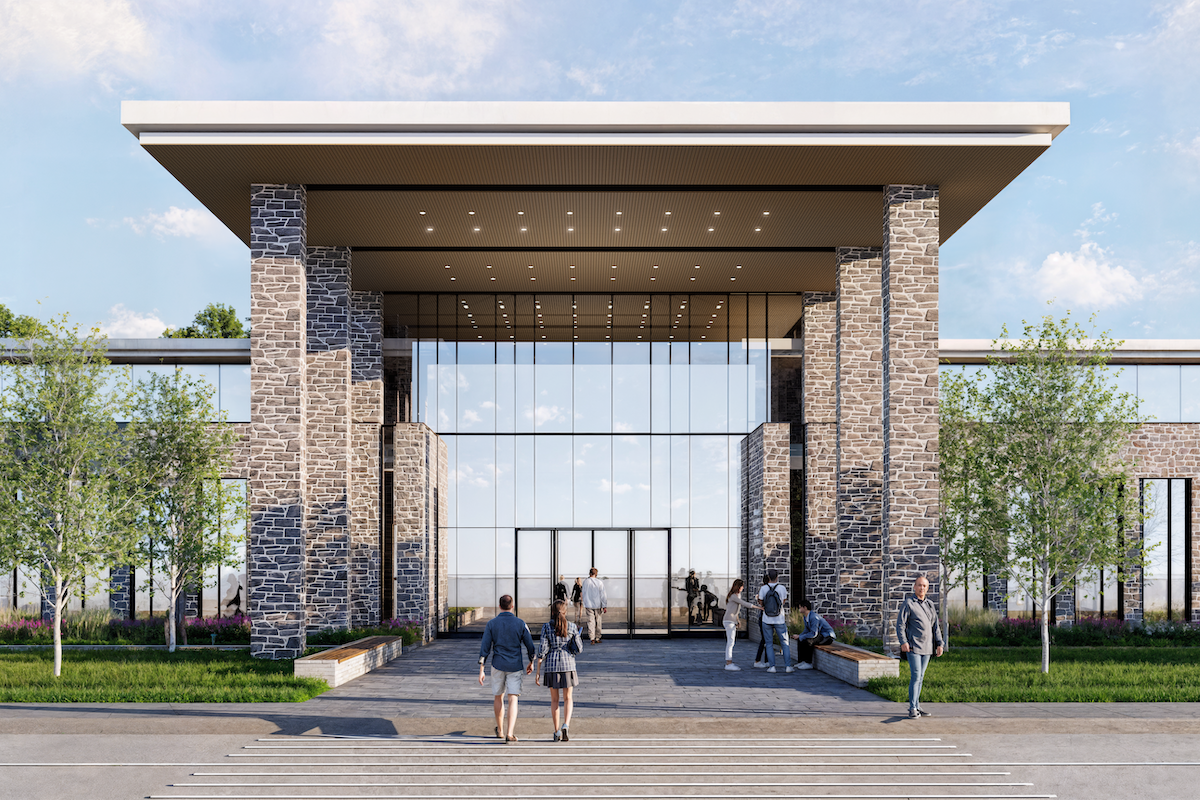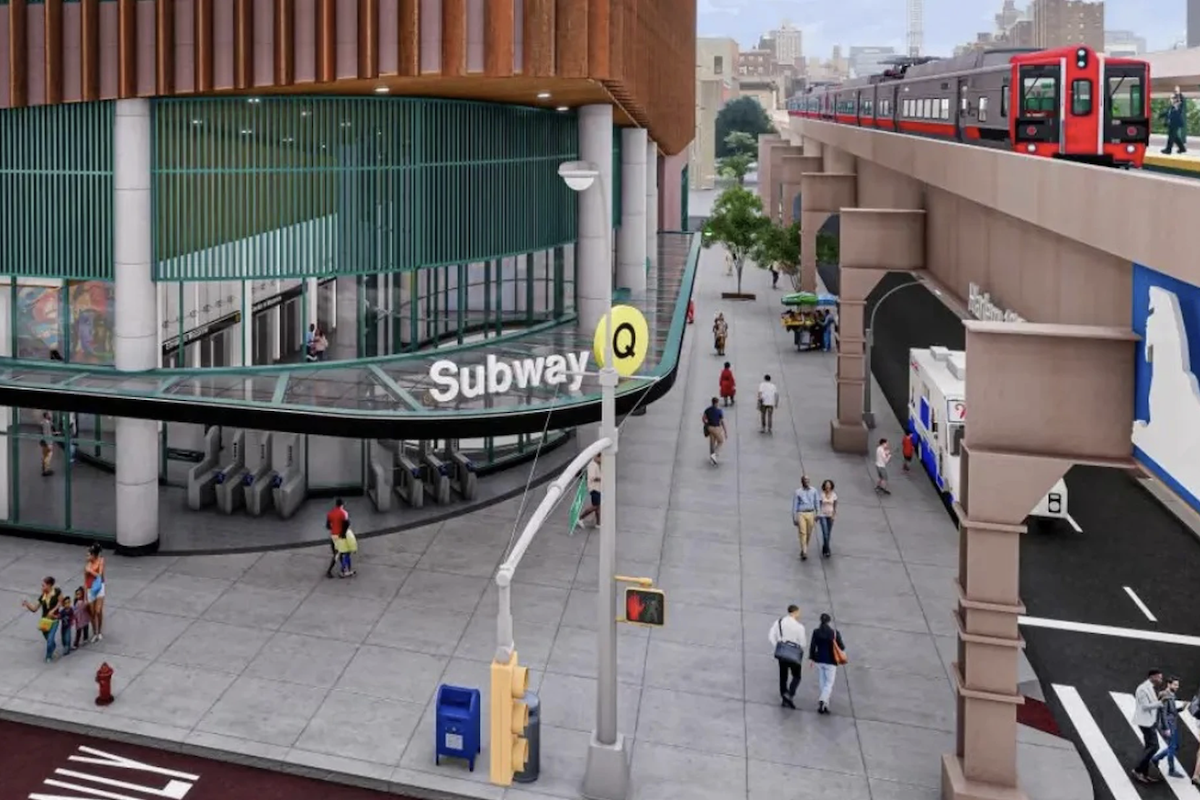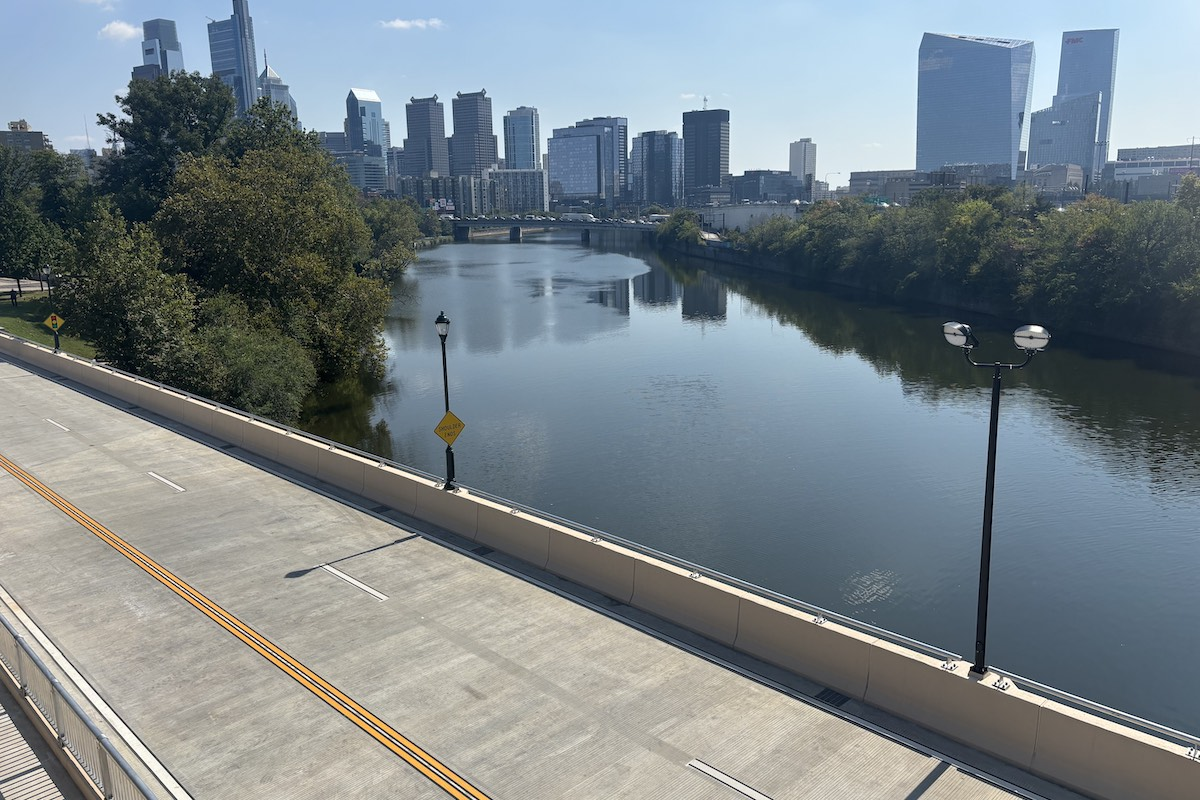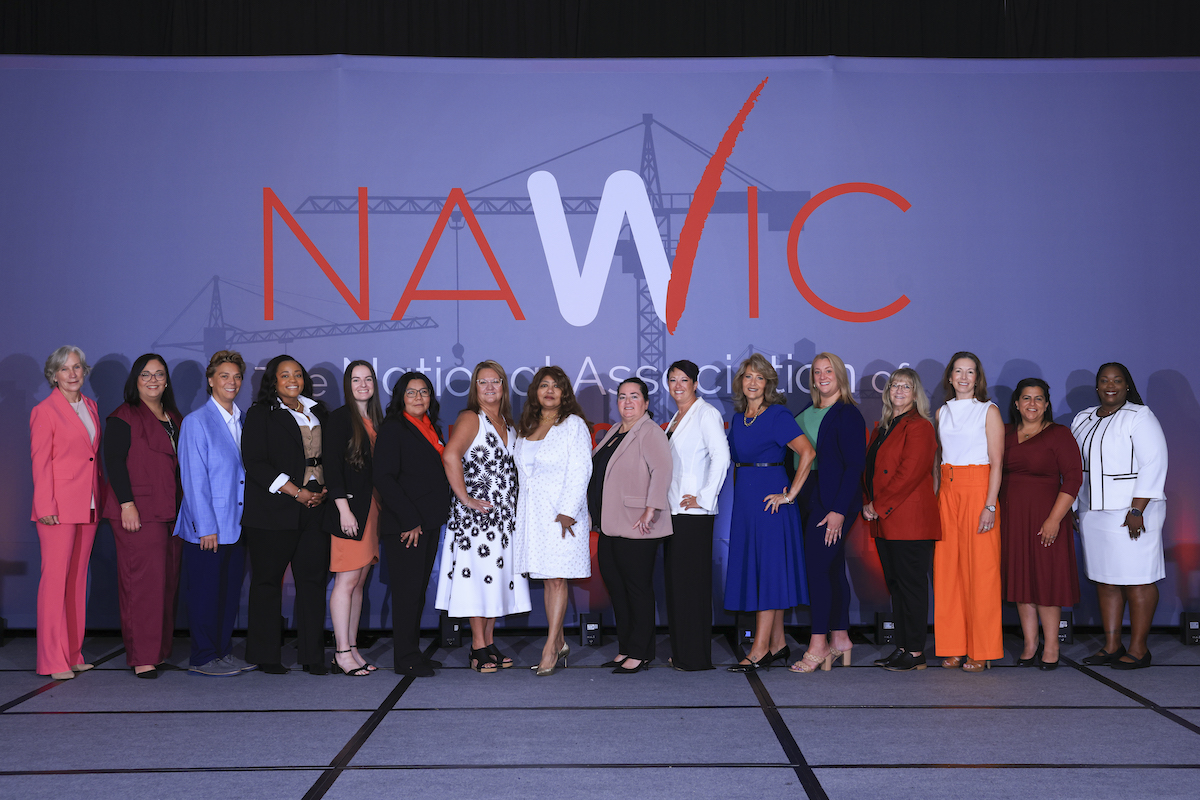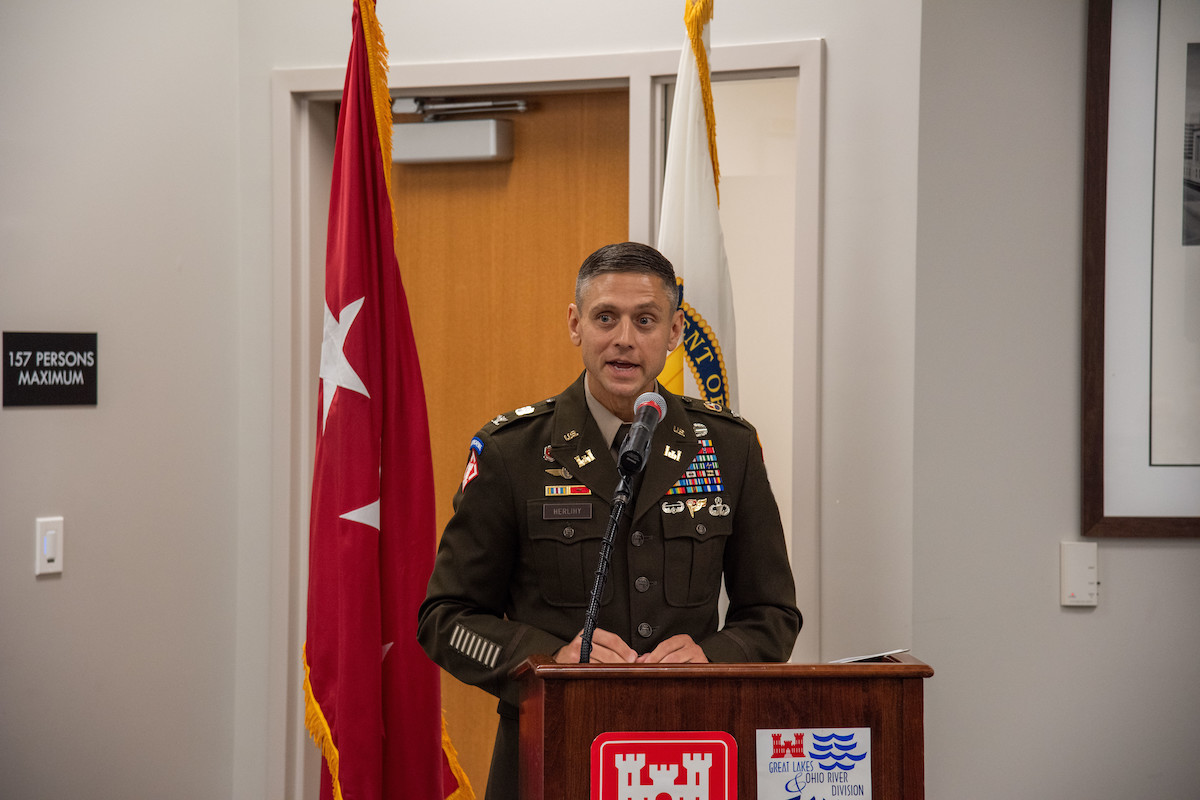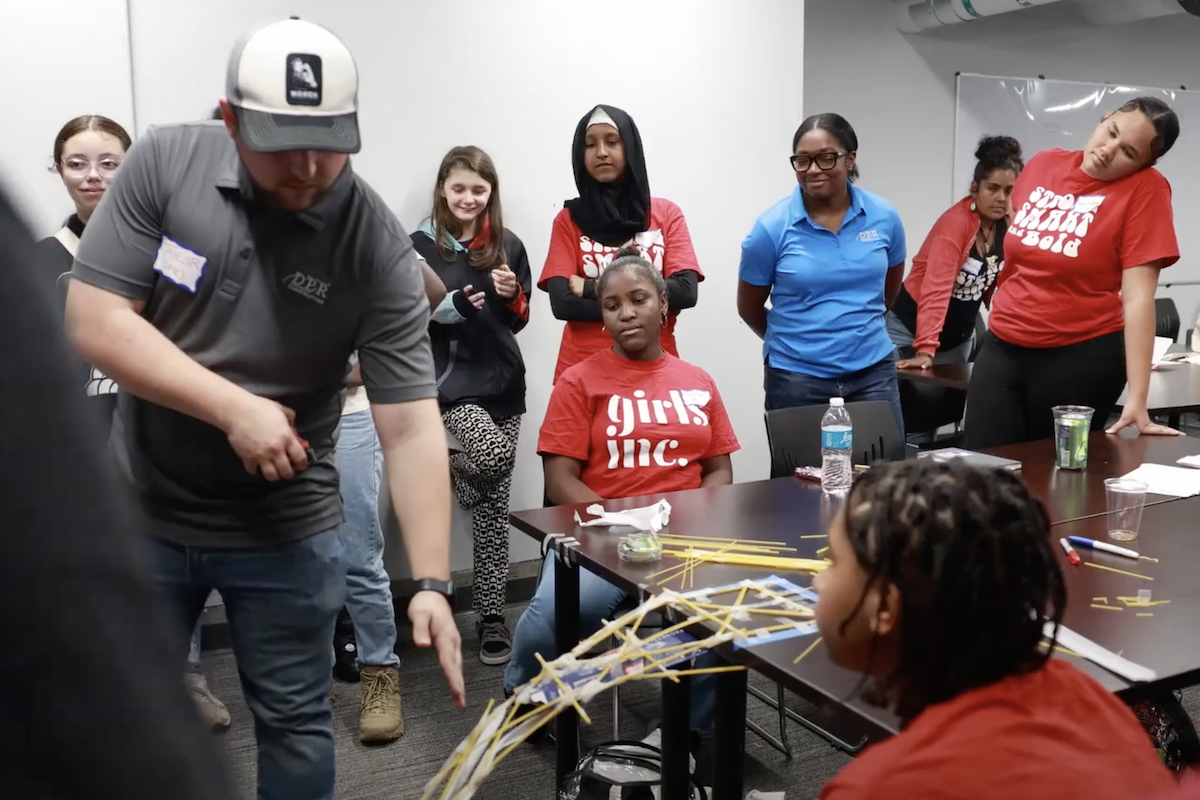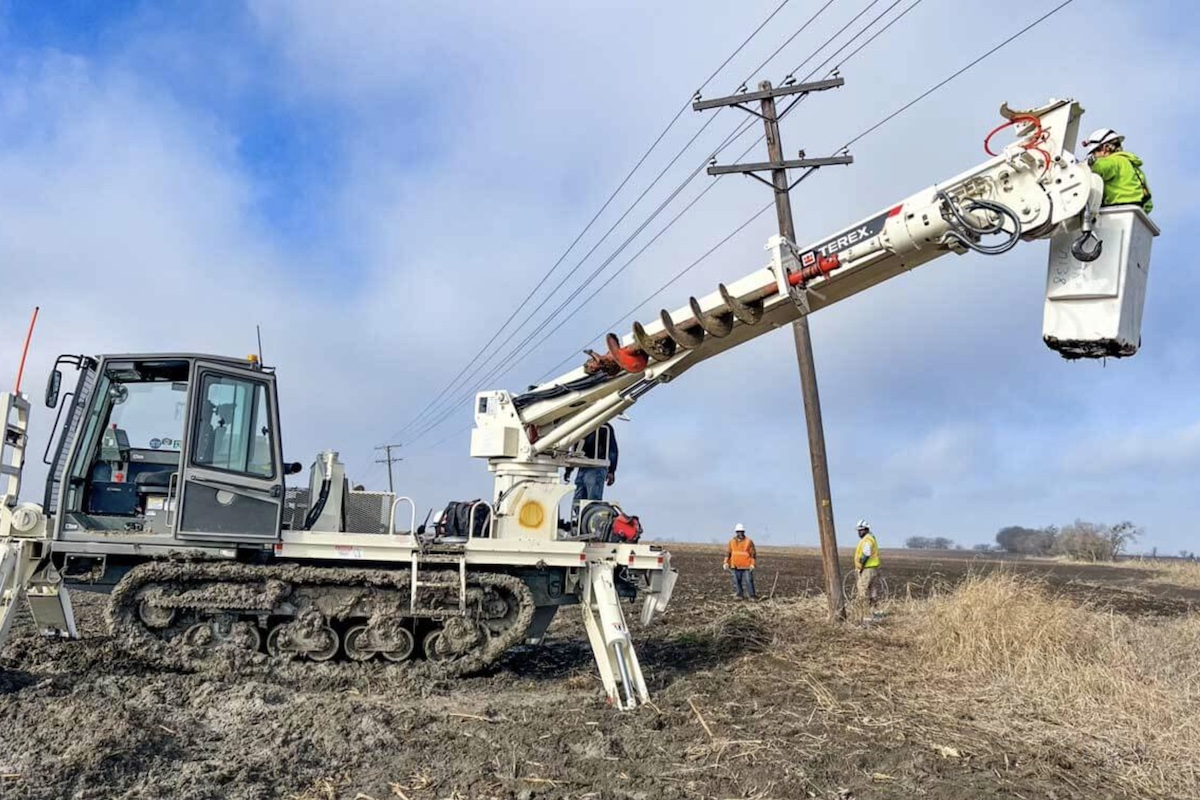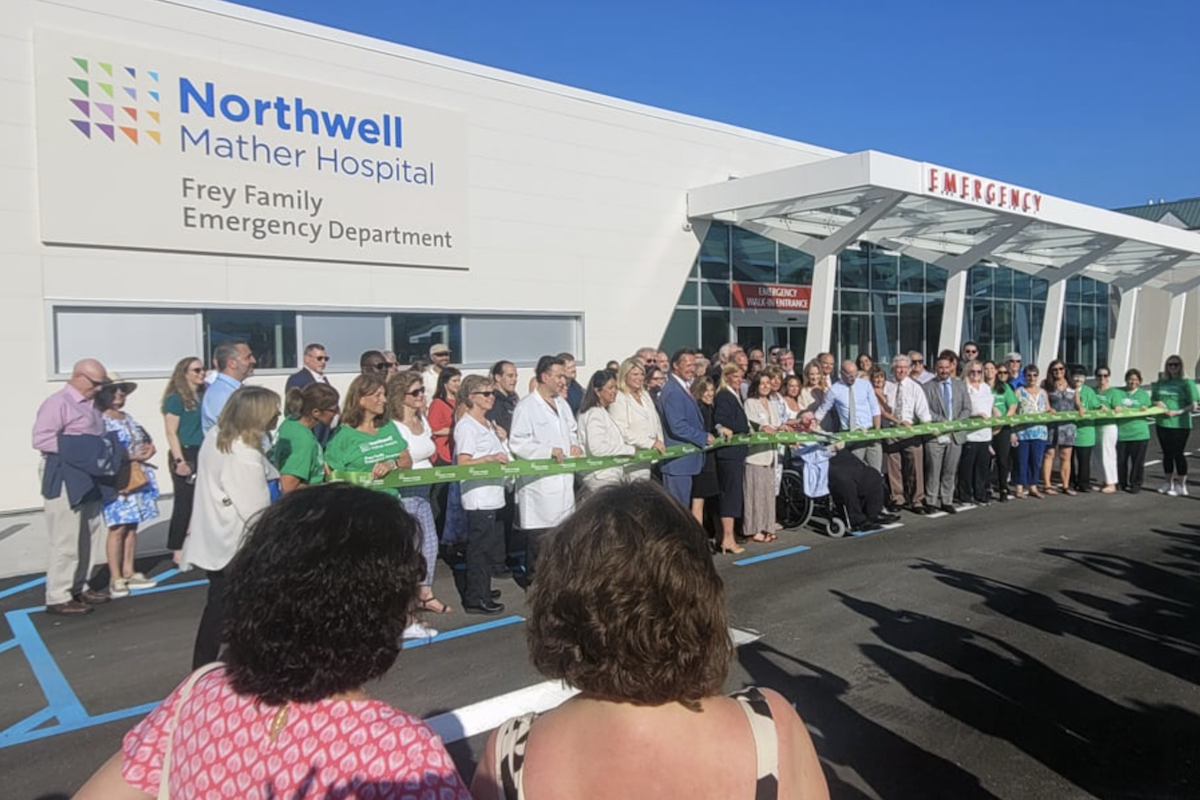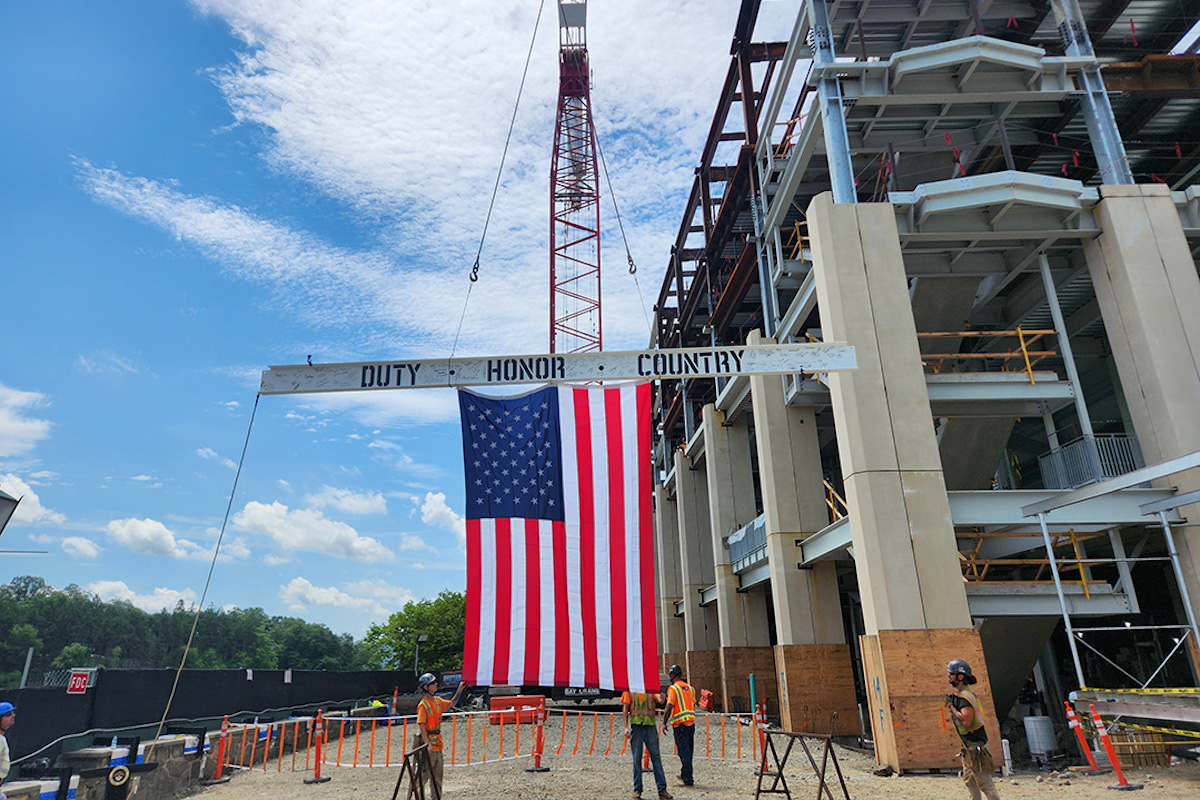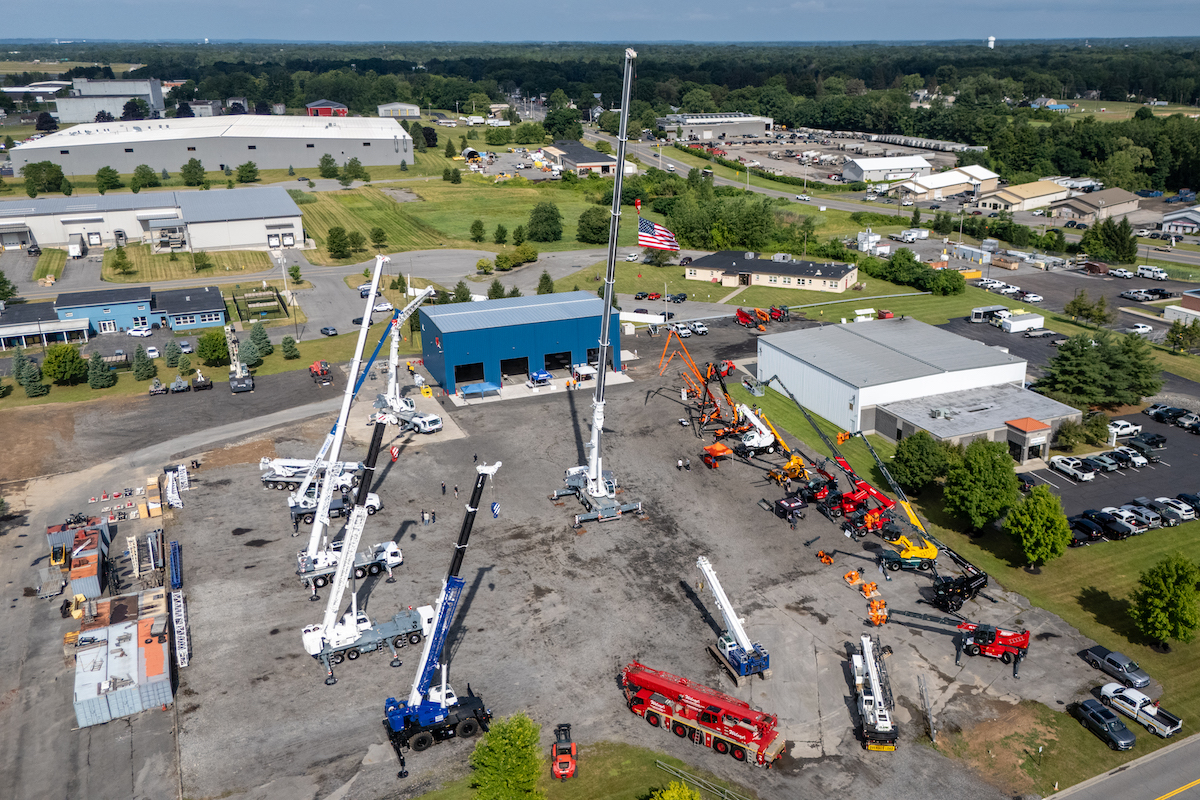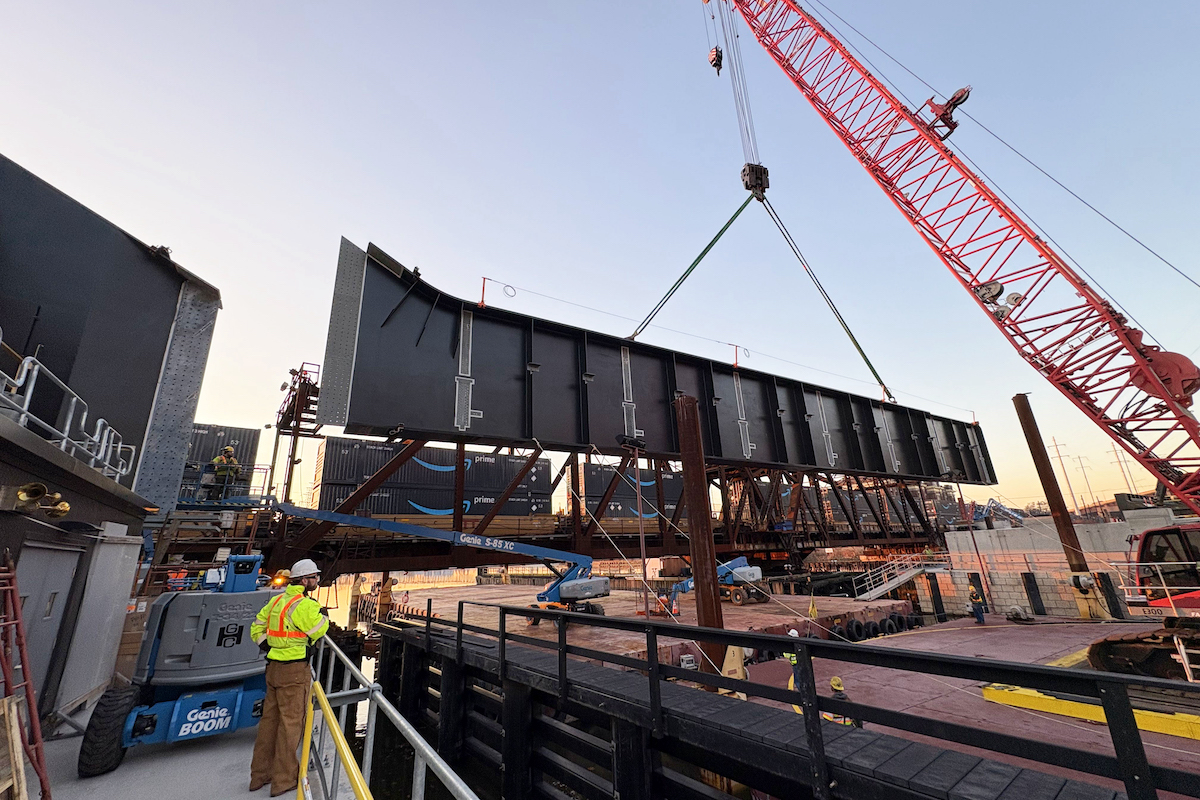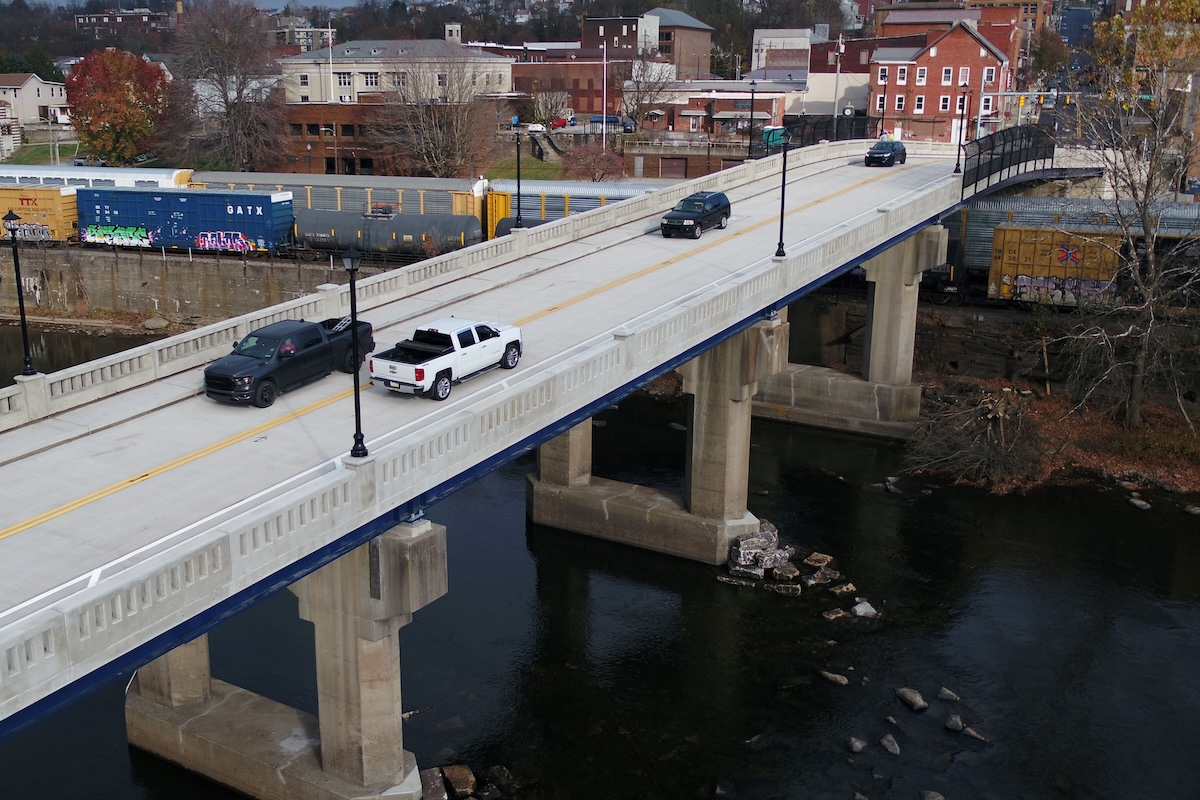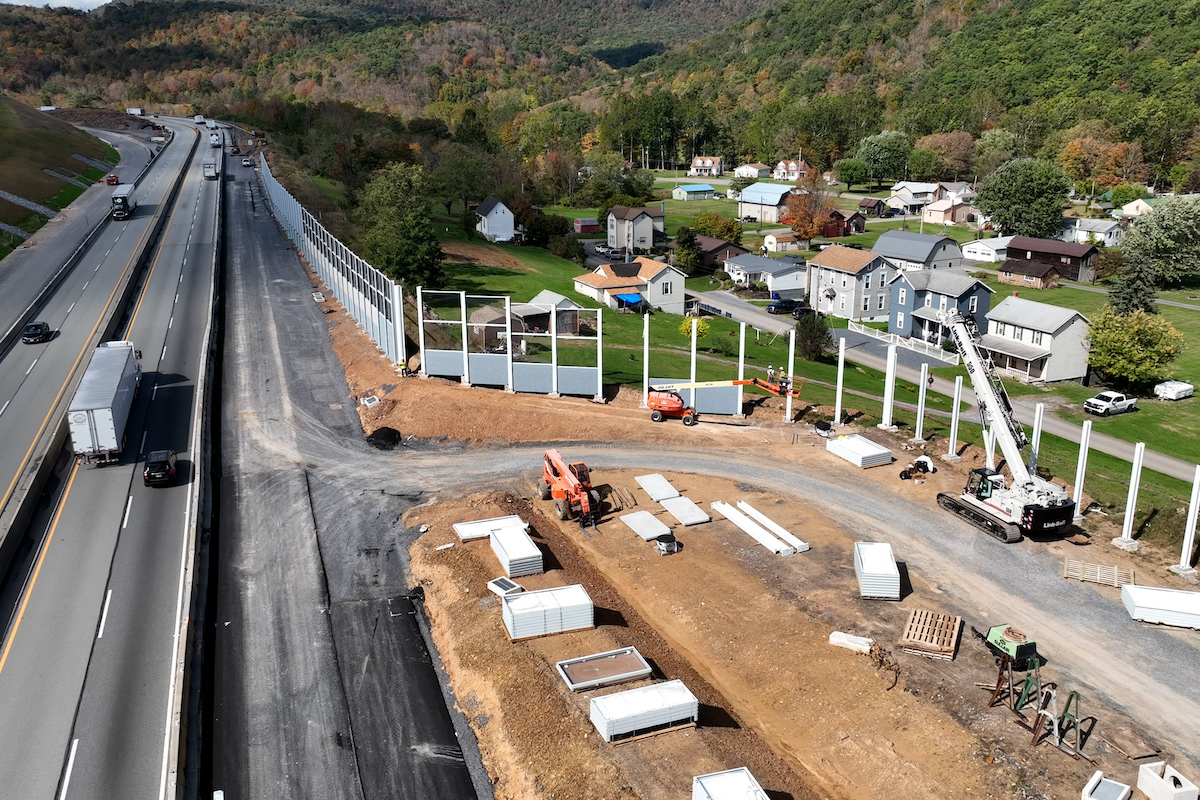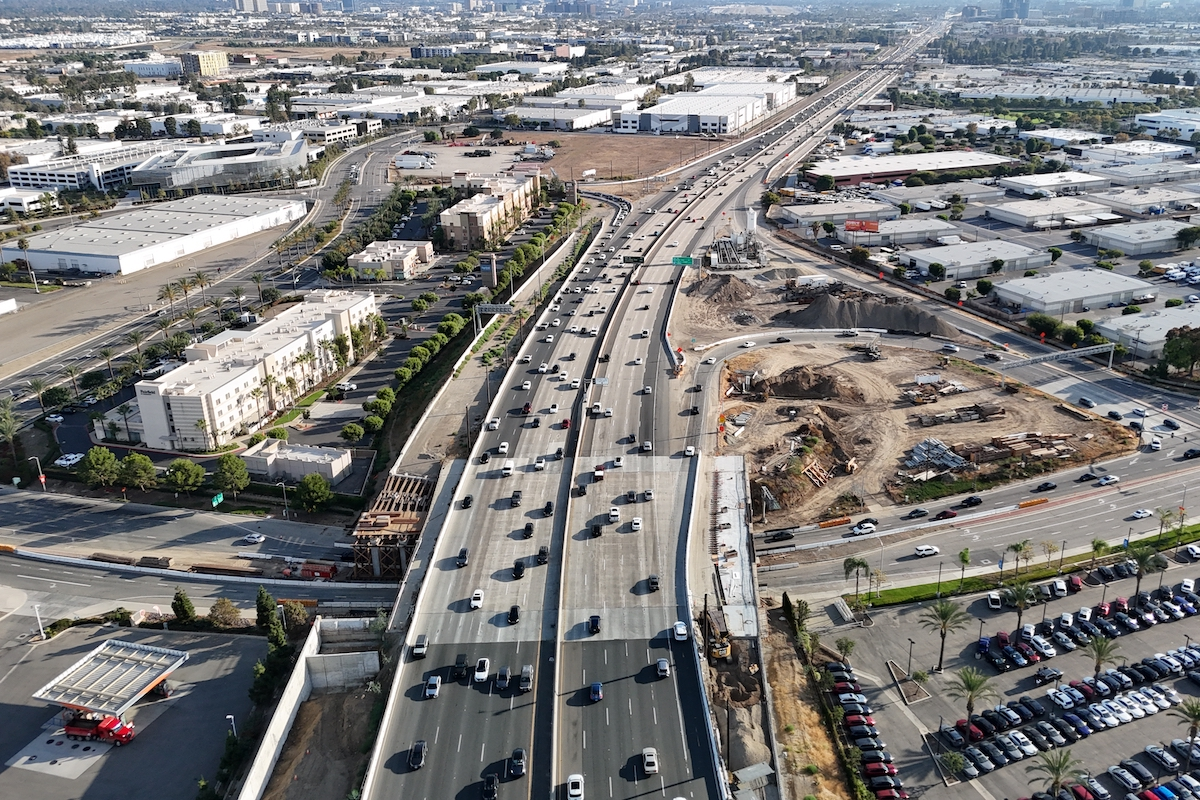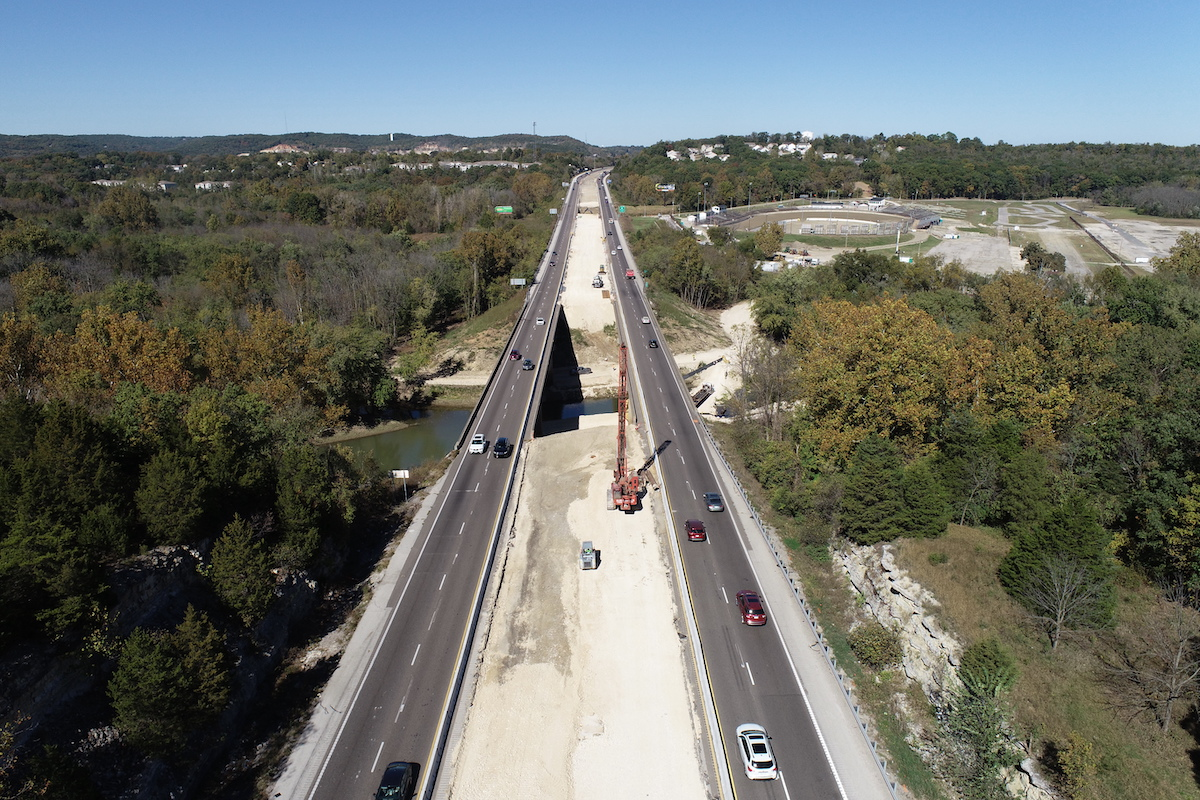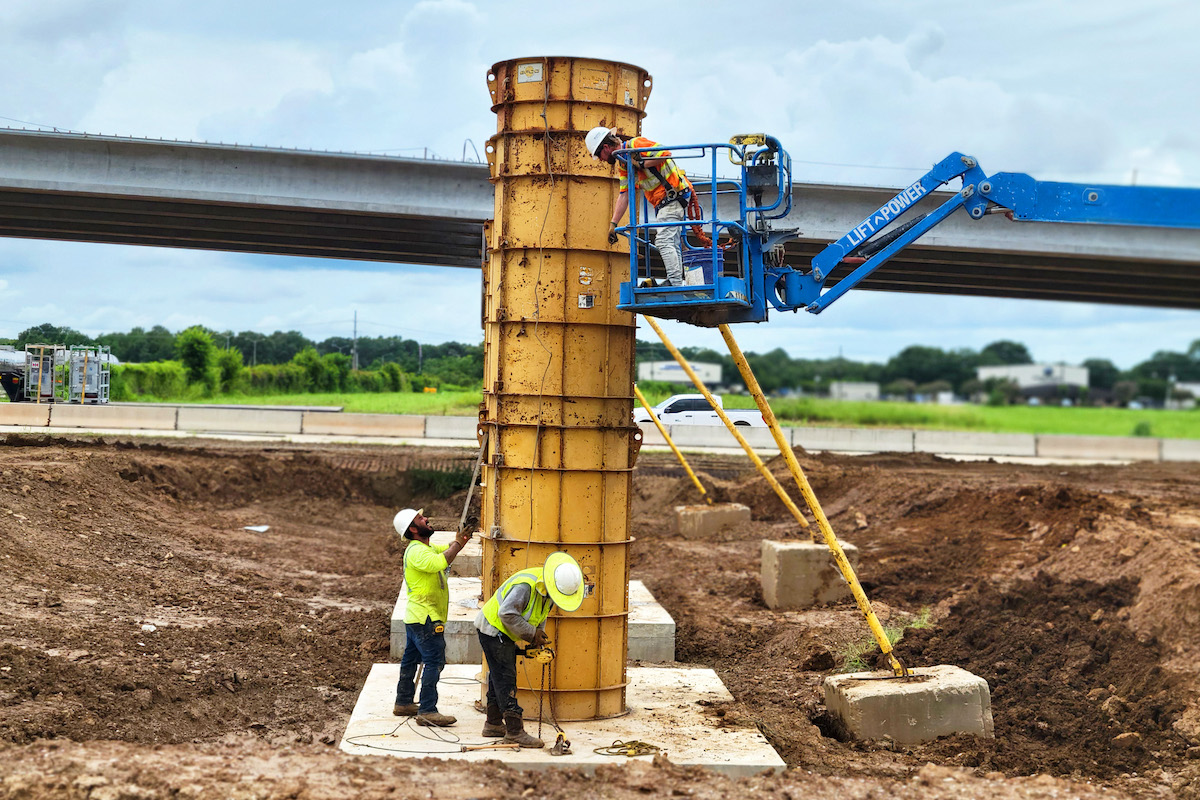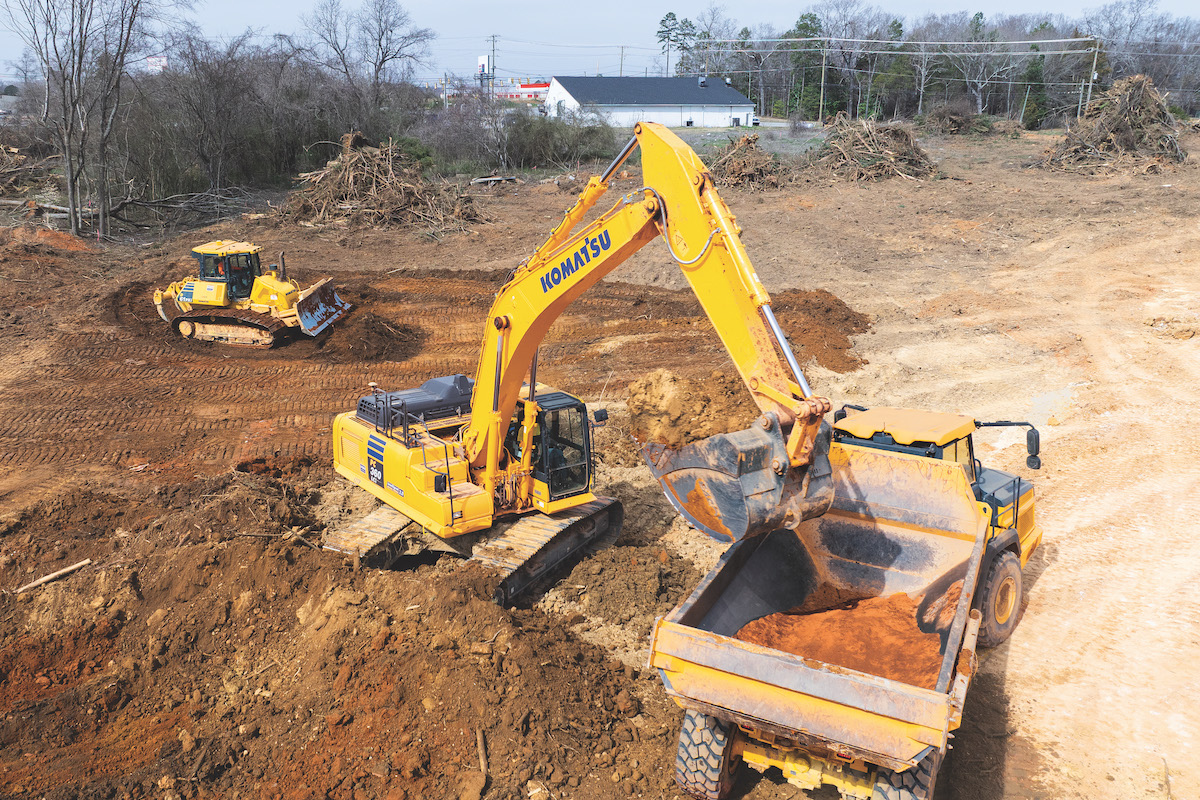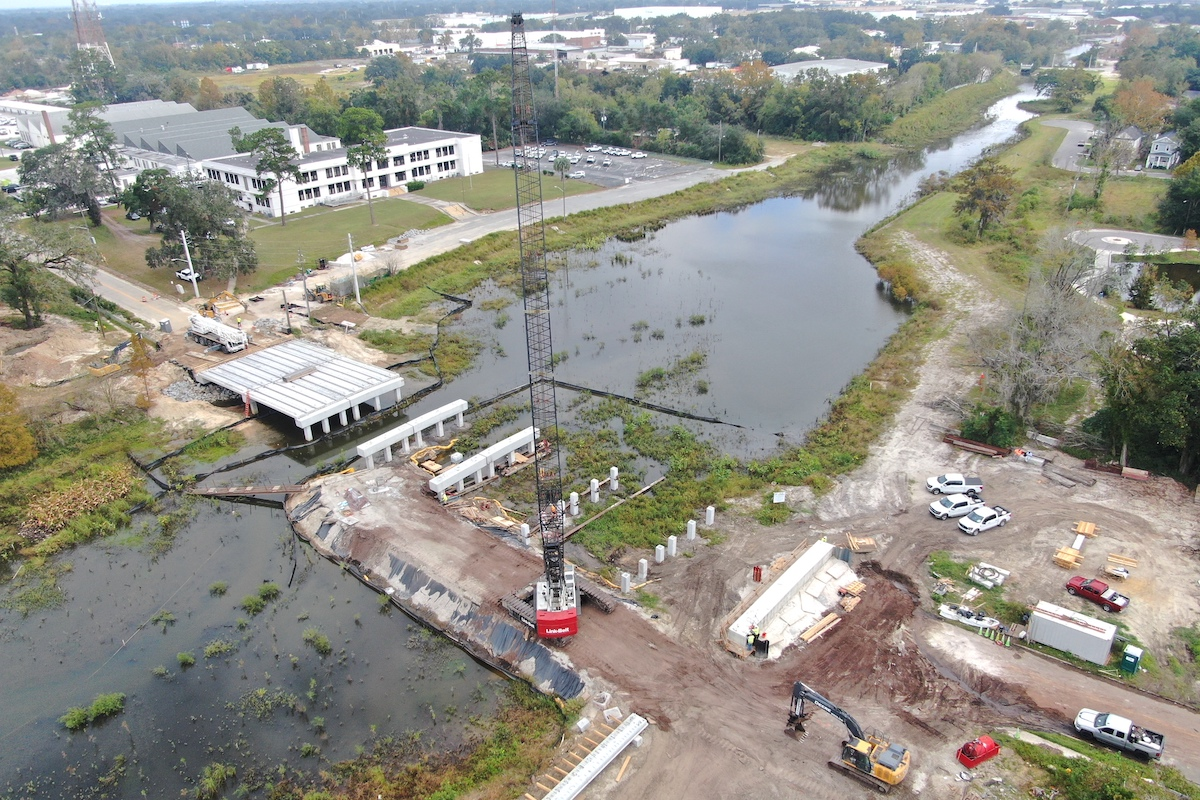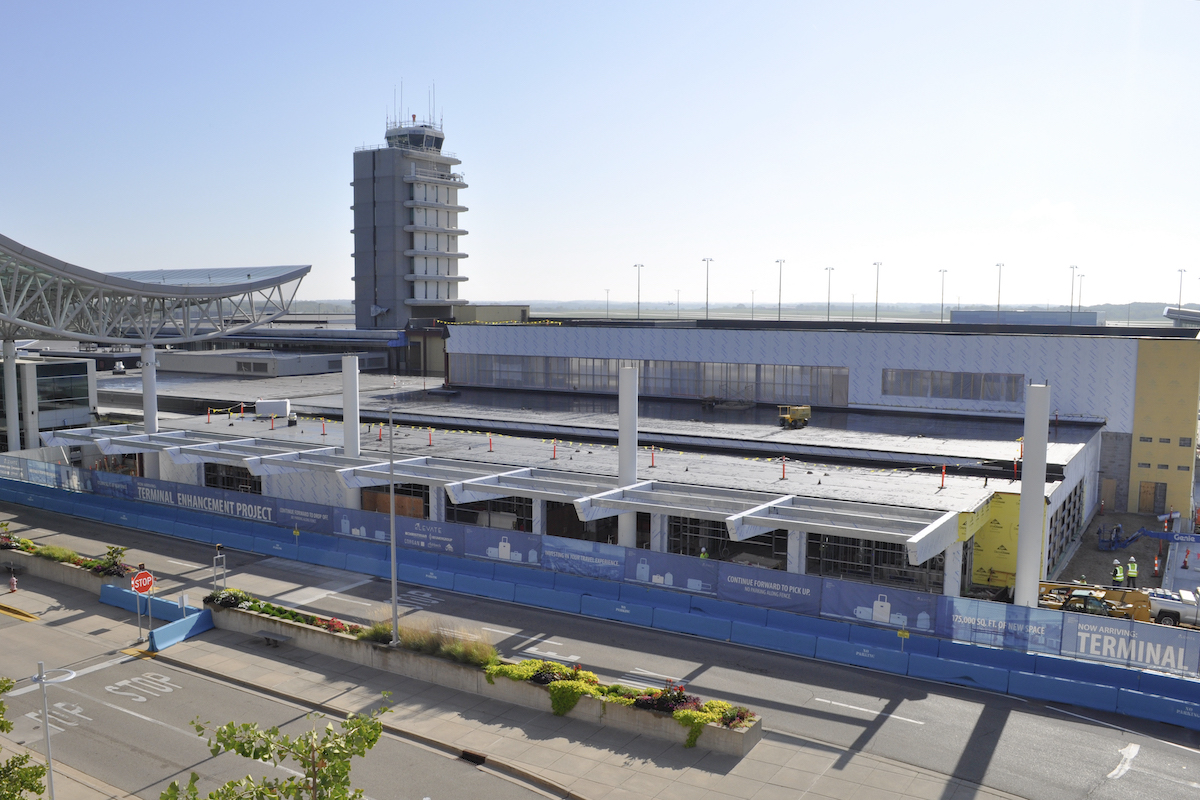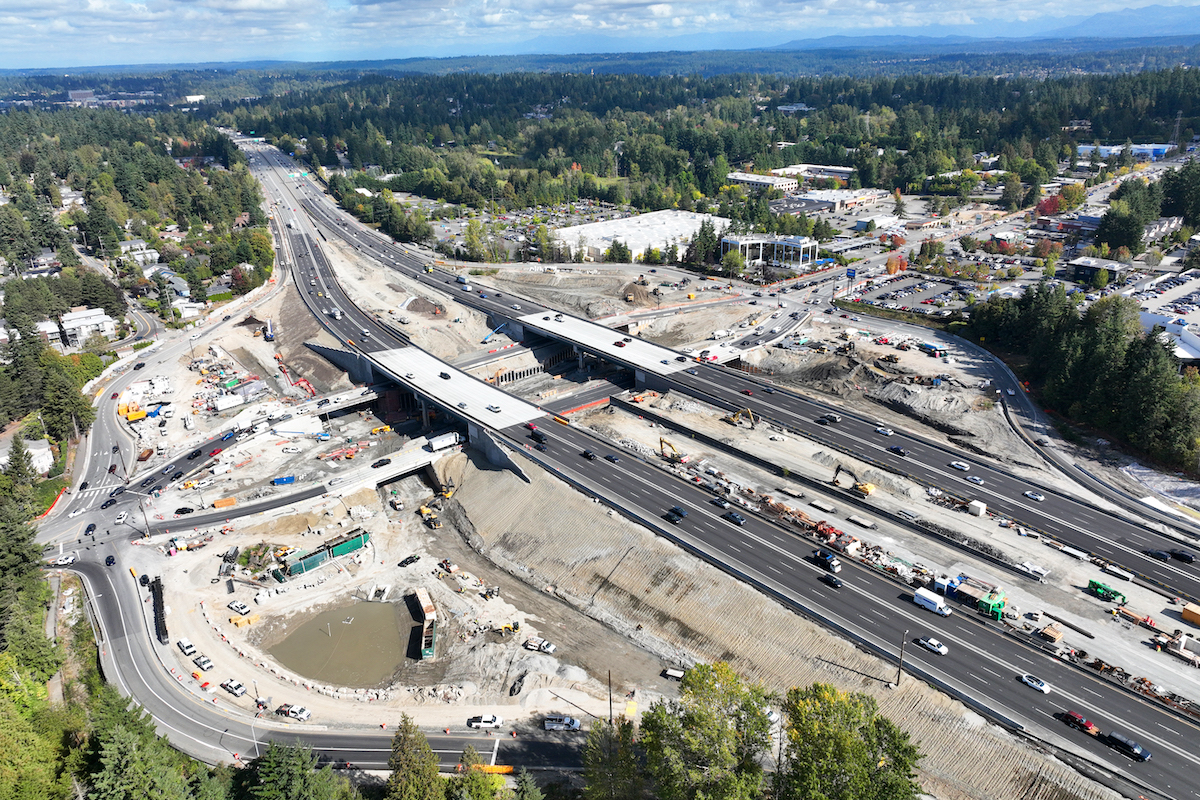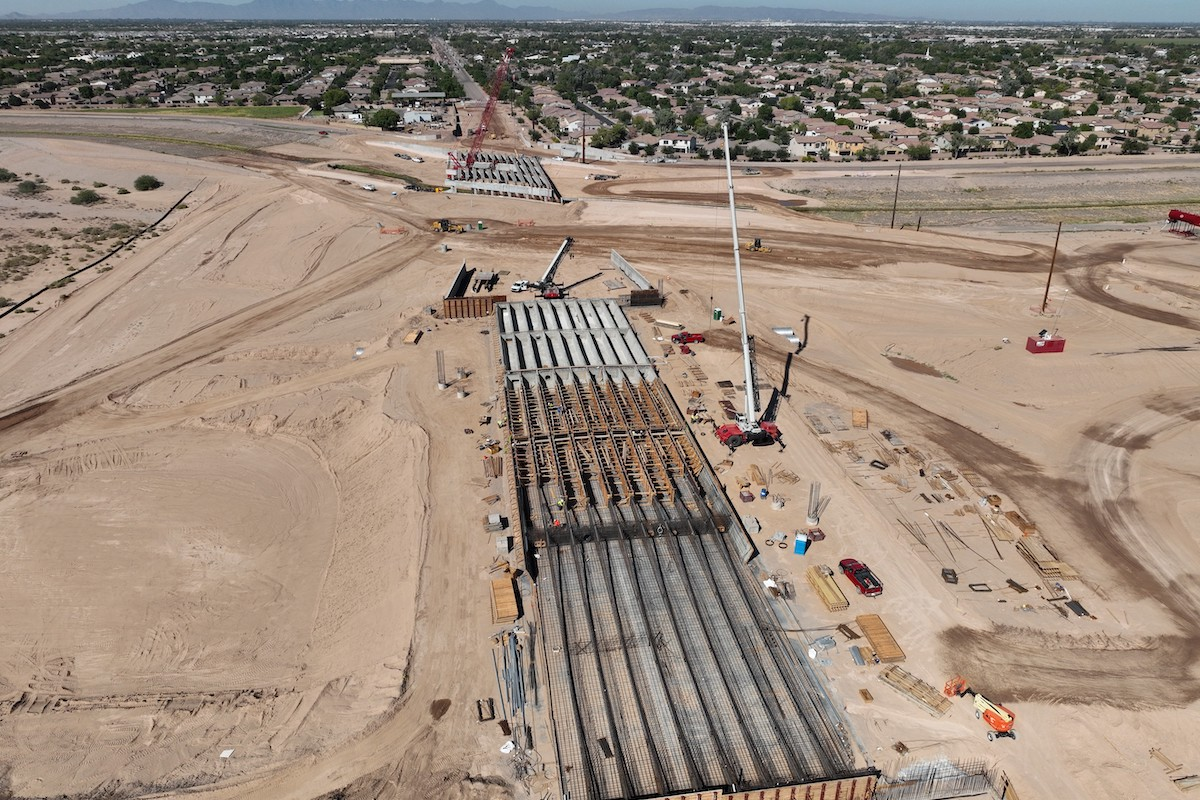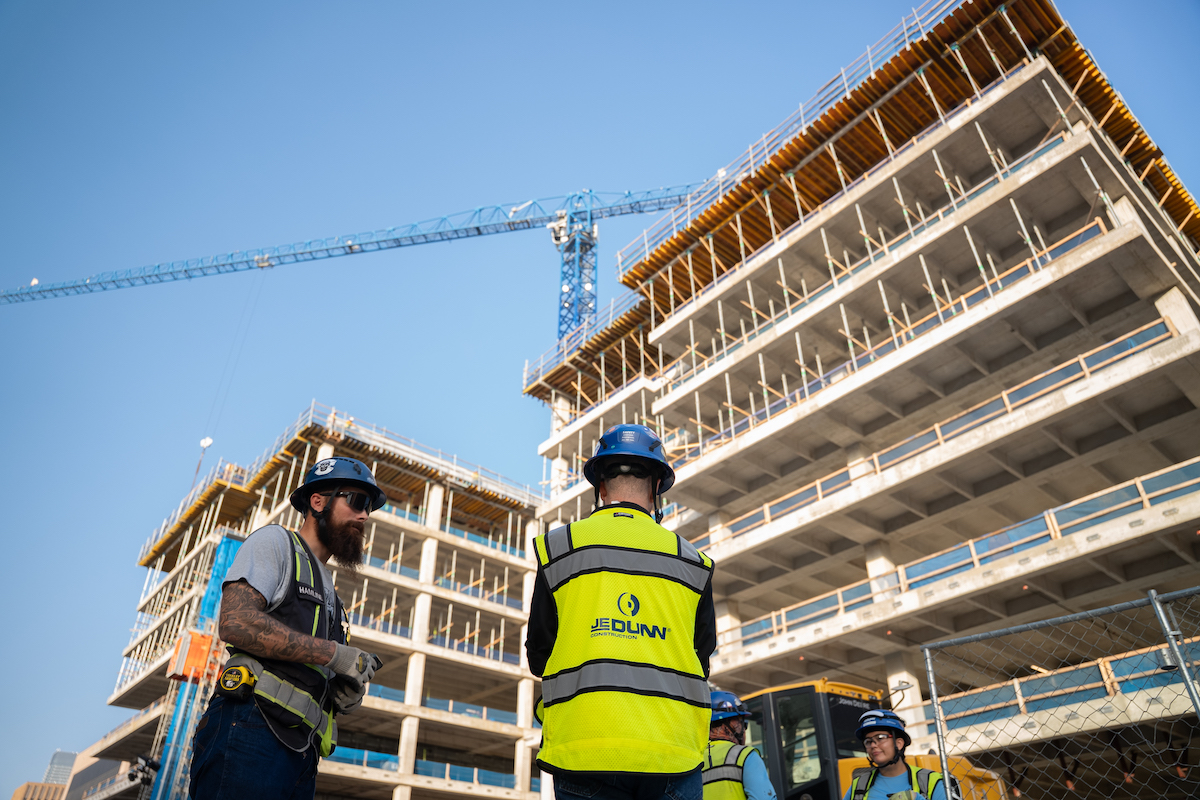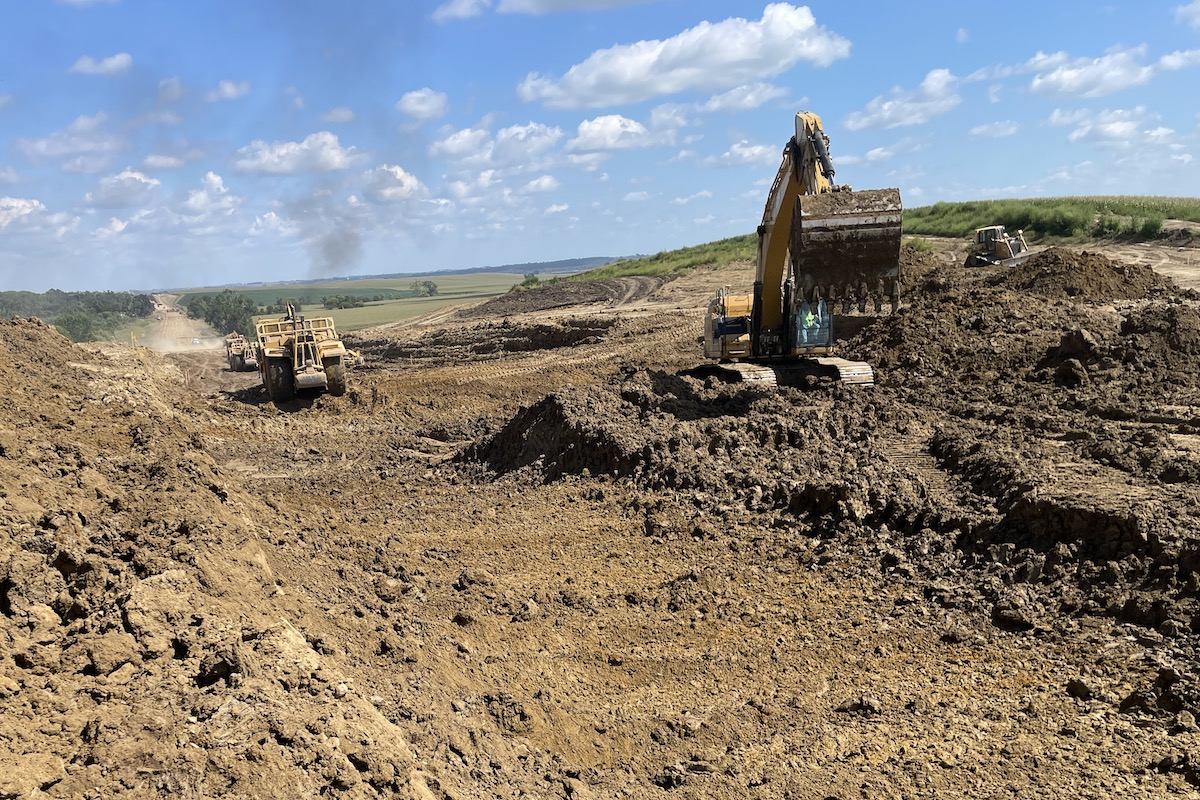NEWARK, NJ — The Port Authority of New York and New Jersey broke ground on a new AirTrain Newark system at Newark Liberty International Airport, launching construction of a 2.5-mile automated people mover. The new $3.5 billion system will replace the existing AirTrain, which opened in 1996 and has become outdated, over capacity, and unable to accommodate Newark Liberty’s rapid growth.
The new AirTrain system is a major piece of the ongoing redevelopment of Newark Liberty International Airport. The redevelopment plan charts a comprehensive reimagining of the airport, complete with modern terminals and infrastructure, a more intuitive roadway network, and a redesigned taxiway network to more efficiently accommodate aircraft and reduce delays. The new AirTrain system will allow for expanded passenger capacity, greater reliability, and flexible connectivity in conjunction with the airport’s redevelopment plan. It is expected to begin operation in 2030.
“Breaking ground on a new AirTrain system marks another milestone in the complete transformation of Newark Liberty International Airport into a world-class gateway,” Port Authority Chairman Kevin O’Toole said. “This project is about more than just replacing outdated infrastructure. It’s about building the capacity, reliability, and customer experience that millions of travelers will depend on for decades to come as we complete a top-to-bottom reimagining of Newark Liberty.”
The existing AirTrain is reaching the end of its useful life, requires extensive maintenance and repair, and cannot adequately meet upcoming demand. AirTrain ridership is forecasted to grow by 50 percent by 2040, exceeding the capacity of the existing system. The current system is unable to be expanded or upgraded to newer technology, and its route will hinder future airport growth, while the new system is designed to be expandable. When the current system opened, the airport served approximately 30 million passengers each year. In 2024, Newark Liberty welcomed nearly 50 million passengers.
The new $3.5 billion AirTrain system will be better positioned to meet the needs of the redeveloped and modernized airport. The system will offer greater reliability and capacity, with the ability to handle 50,000 passengers per day, up from the current system’s 33,000-passenger capacity. Its route will allow for easier access to the new Terminal A, eliminating the current 15-minute walk between the AirTrain station and the terminal.

| Your local Trimble Construction Division dealer |
|---|
| SITECH Allegheny |
| SITECH Northeast |
The route was designed with future airport growth in mind. Planning is underway for a new Terminal B to replace the current 52-year-old terminal. The current system will largely remain in operation until the new system opens, with some intermittent outages over a 28-month period that will exclude peak summer and holiday travel times.
The Port Authority will provide connections to the current Terminal B. As the Port Authority continues to redevelop the entire airport, passengers will be able to connect to the current terminal using a variety of options, including pedestrian walkways and efficient bus services. The agency will also be testing the use of autonomous shuttles as a new form of transportation. The Port Authority has plans to pilot the technology through three companies in 2026, building on several successful autonomous vehicle pilots at Newark Liberty and John F. Kennedy International airports over the last three years. Conventional electric shuttle buses will remain an option as well. The new Terminal B will be directly adjacent to the AirTrain station.
The Port Authority is delivering the new AirTrain Newark system through a multi-phase procurement process:
- In December 2023, the Port Authority selected Doppelmayr for the design, construction, operation, and maintenance of the automated people mover system and its vehicles.
- In summer 2024, engineering firm Stantec was selected to design the new 70,000-square-foot maintenance and control facility and the pedestrian connectors, and to decommission the existing AirTrain.
- In November 2024, the Port Authority selected the joint-venture firm of Tutor Perini/O&G to design and build a new 2.5-mile elevated rail structure, known as the guideway, and three new stations.

| Your local Trimble Construction Division dealer |
|---|
| SITECH Allegheny |
| SITECH Northeast |
In accordance with the Port Authority’s subcontracting goals, contractors are required to consider a wide range of competent firms who can compete to offer subcontracting services, after outreach to all those willing and able to provide the services. Doppelmayr is also required to develop a locally based workforce development program to hire program participants for future operations and maintenance of the new system.
The Port Authority has also invested in educational, workforce, and business development programs to expand opportunities available within the project. The agency’s PA Build, General Maintainers, and Business Capacity programs look to grow the local workforce and prepare small and local businesses to compete for work on the project. The agency partners with local institutions, including Rutgers and Kean universities, to provide scholarships, offer internships, and engage students with real-world applications of science, technology, engineering, and mathematics.
The new AirTrain is a key piece of the agency’s EWR Vision Plan, a wide-ranging blueprint setting the course for the Newark Liberty International Airport’s continued development over the coming decades. Much of its current infrastructure dates to the 1970s, when terminals B and C and the original Terminal A were built. Today, the airport’s legacy infrastructure struggles to meet the needs of modern air travel. The EWR Vision Plan calls for a new Terminal B, along with streamlining the airport’s outdated roadway network and redesigning the airport’s delay-prone taxiway network to maximize efficiency.
Construction is also underway on a new entry point to the airport’s rail station served by NJ TRANSIT, Amtrak, and both the current and future AirTrain system, expanding transit and airport access for historically underserved areas of Newark and Elizabeth.

